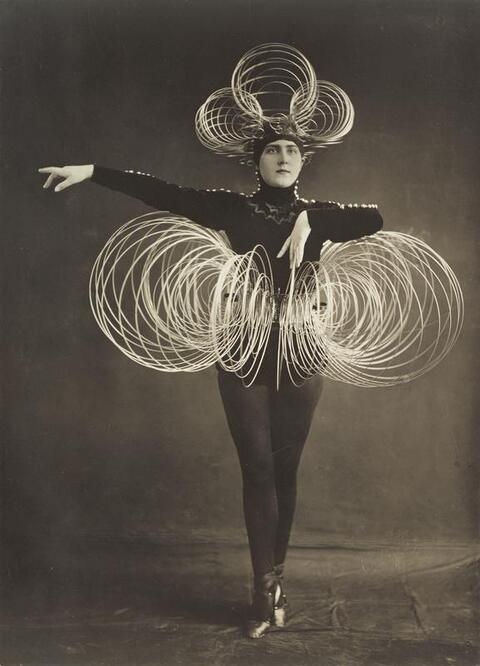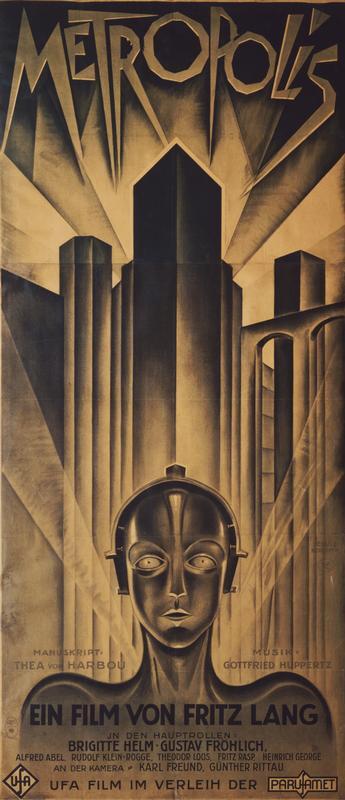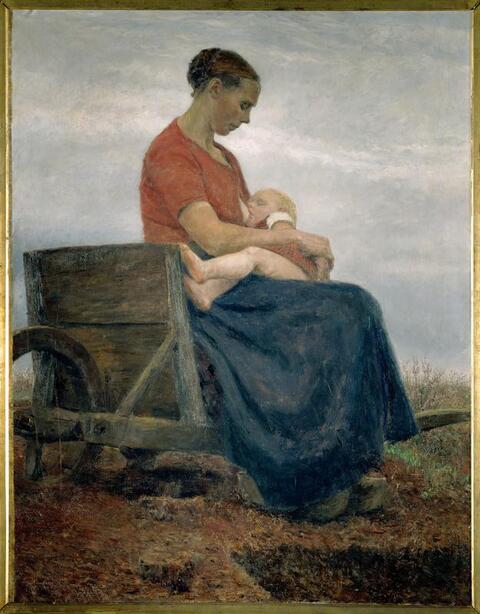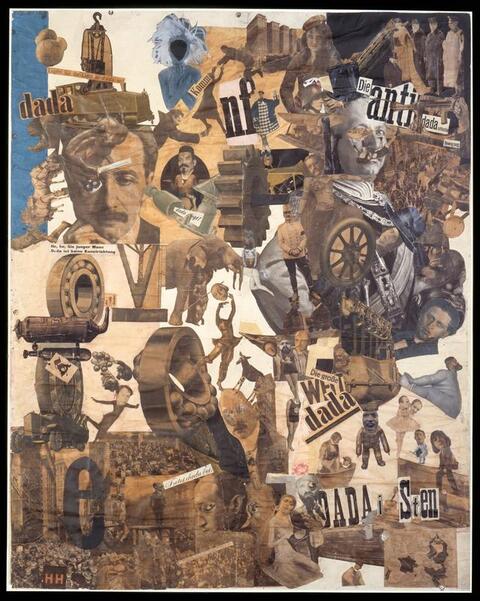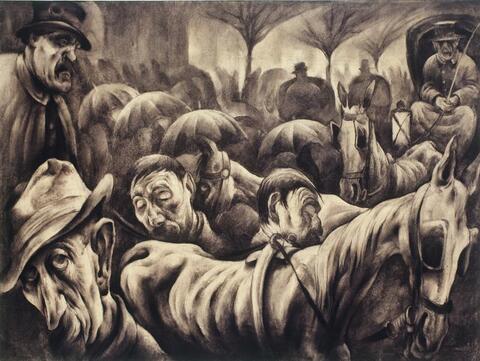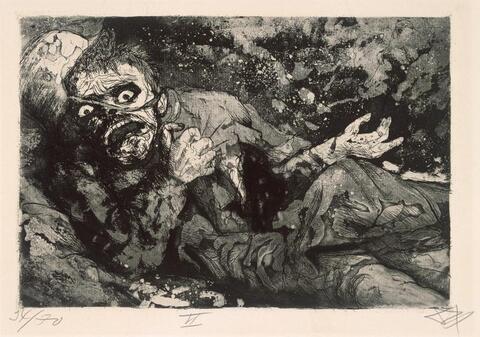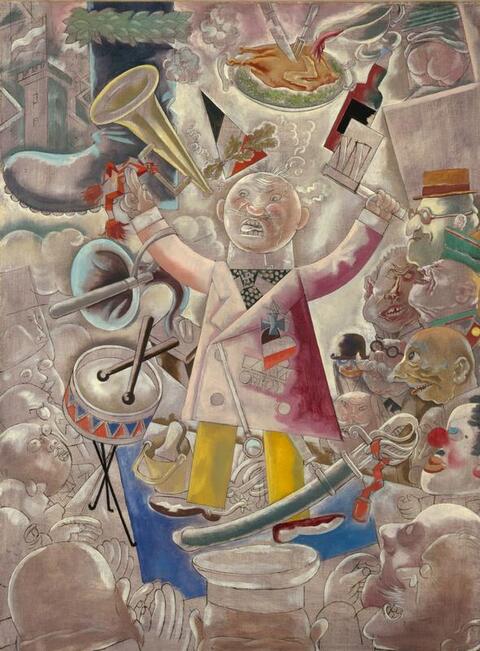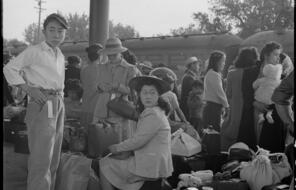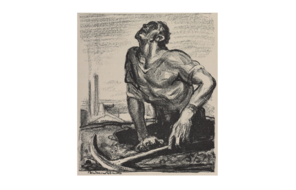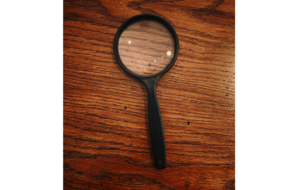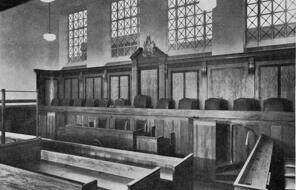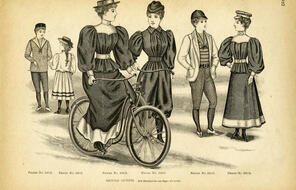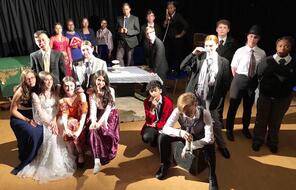Visual Essay: Free Expression in the Weimar Republic
Subject
- English & Language Arts
- History
Language
English — USUpdated
The work of visual artists, filmmakers, designers, musicians, architects, and other artists provides an important window into the creativity and experimentation as well as the anxiety and fear that characterized German society in the years of the Weimar Republic. The gallery of images and the introduction below explore the variety and vibrancy of art in Germany at this time and the impact of free expression in Weimar society.
Introduction to Art in Weimar Germany
Weimar Germany was a center of artistic innovation, great creativity, and considerable experimentation. Article 114 of the Weimar Constitution gave every German “the right, within the limits of the general laws, to express his opinion freely by word, in writing, in print, in picture form, or in any other way.” In film, the visual arts, architecture, craft, theater, and music, Germans were at the forefront of the most exciting developments in modern art in the 1920s and early 1930s. The unprecedented freedom and widespread latitude for varieties of cultural expression led to an explosion of artistic production.
A mood of innovation and creativity infused Weimar art, but so did a pervasive feeling of anxiety and fear. In this way, the works in this visual essay reflect the same tensions that shaped the Weimar period as a whole. Some artists freely tested the boundaries of social norms. They experimented with ideas about gender and critiqued life in the modern city. The aftermath of World War I, an uncertain economy, and a violent, tumultuous political climate also influenced Weimar art, and artists offered unsparing, often disturbing portrayals of German life. Artists like George Grosz and Otto Dix challenged viewers to see their world as it really was, not as they would like it to be—a type of art they called the New Objectivity.
Weimar art was often a form of social criticism. When they painted unflattering portrayals of political leaders and economic elites or created images that pushed the boundaries of polite society, artists sometimes found themselves targeted by those in authority. Conservative and radical right-wing critics decried the new works of art as decadent and immoral. They denounced Weimar Germany as a new Sodom and Gomorrah and attacked American influences, such as jazz music, as contributors to the decay of their society. In 1924, a German judge considered Grosz’s work so disturbing that he found the artist guilty of “attacks on public morality.” It was not the first time Grosz and other artists were brought to court for criticizing Germany, and it would not be the last.
How could Grosz and other Germans be tried and punished if they had a constitutional right to freedom of expression? The answer lies in the phrase “within the limits of the general laws.” Old laws that denied such freedom remained on the books.
The art of this period has so influenced our contemporary world that when we see these images today, it can be difficult to understand why many Germans of the 1920s found them strange, unnerving, even offensive. We can better appreciate the unsettling impact of Weimar artists like Grosz, Dix, and filmmaker Fritz Lang if we compare their work to the traditional portraits and landscapes that were familiar to most Germans at the time. These more old-fashioned works continued to be produced by other artists throughout the 1920s and 1930s, and they were embraced by the Nazi leadership as “true German art.” Meanwhile, works of modern art from the Weimar era were exhibited only as “degenerate” art (see reading, Art and Politics in Chapter 6).
Connection Questions
- Fritz Mackensen’s 1892 painting Der Saeugling (The Baby) is one example of the more traditional art that many Germans were familiar with before World War I. Compare and contrast this painting with the more modern Weimar-era works of art that follow in this visual essay. What differences do you notice? What might those differences reveal about tensions present within German society during the Weimar Republic?
- What can we learn about history from artwork? How do the works of art here connect to what you have already learned about the Weimar era in Germany? How do they extend your knowledge of this era? How do they challenge your thinking about Weimar Germany?
- Is freedom of expression important to a democracy? Under what conditions, if any, should such freedom be restricted?
How to Cite This Reading
Facing History & Ourselves, “Visual Essay: Free Expression in the Weimar Republic”, last updated August 2, 2016.

